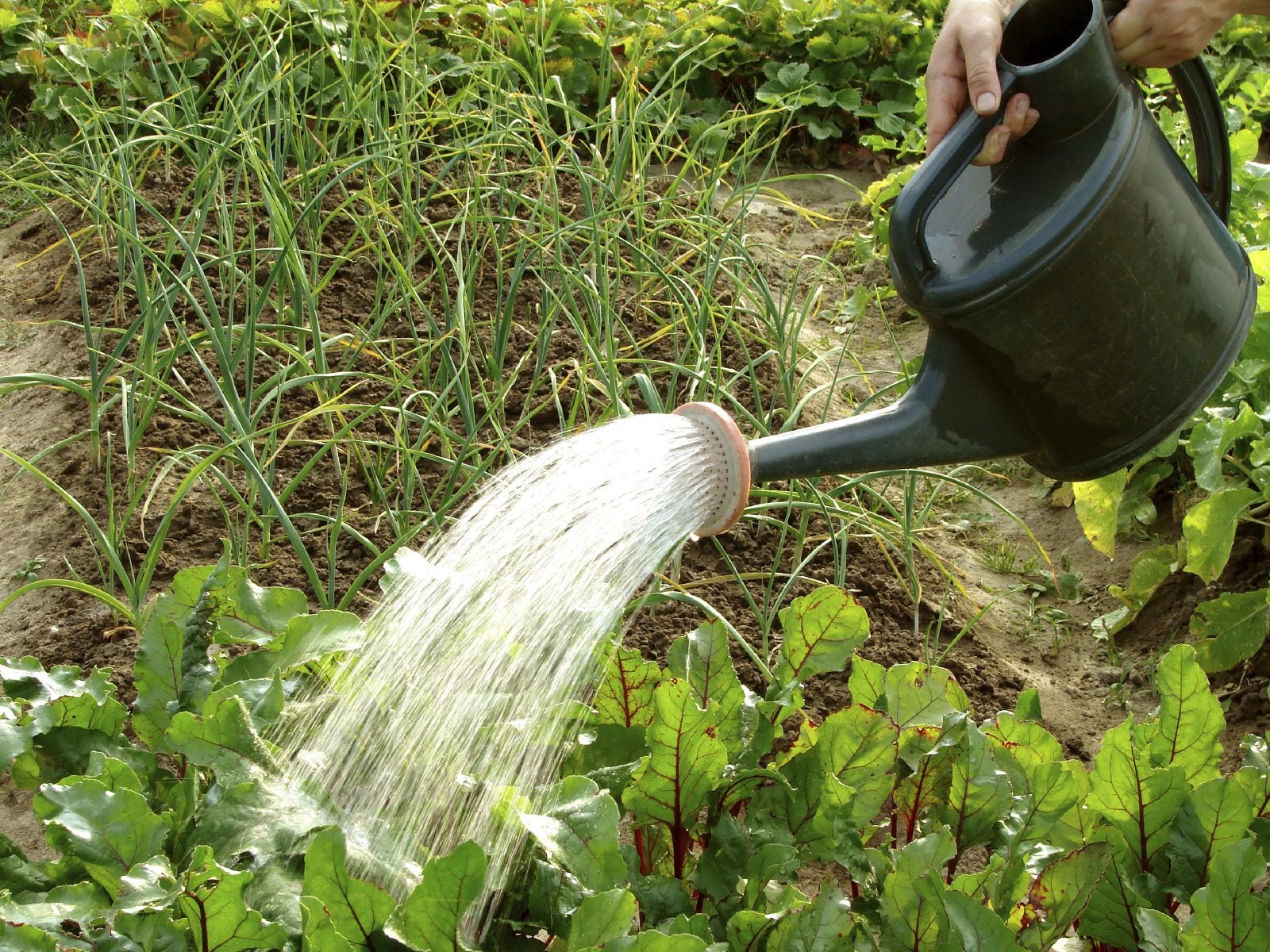Watering Schedule For Beets: How To Avoid Over Watering Beets

Though they are considered a thirsty crop, it's important to avoid over watering beets. Too much water can lead to disease and insect infestations, and possible crop failure. On the other hand, providing good growing conditions for beets will ensure a bountiful harvest.
Growing Conditions for Beets
Beets grow best in deep, moist, well-drained soil with a near neutral pH. Amend heavy clay soil well with organic compost to improve drainage. Sandy soil should be supplemented with compost to assist with water retention if it drains too quickly. How quickly or slowly the soil dries out plays a major role in determining the watering schedule for beets. They should be kept evenly moist, but never "swamped."
How Often Should I Water Beets?
"How often should I water beets?" is difficult to answer. How much water beets need depends on their maturity, soil conditions, and the climate. In cool spring and fall temperatures, the soil dries slowly, especially in humid areas. Small, young plants do not require as much water as those close to maturity; however, their relatively shallow roots may need water a bit more frequently until they reach the moisture reserves deeper in the soil. There is a bit of on-site judgment required to determine and maintain a precise watering schedule for beets.
Watering Schedule for Beets
Generally speaking, a good watering schedule for beets provides an inch (2.5 cm.) of water per week. This is a combination of rainwater and supplemental irrigation. If you receive a half inch (1.5 cm.) of rain, you only have to provide an additional half inch (1.5 cm.) of irrigation water. Use a rain gauge to measure the amounts of rainfall and irrigation water your garden receives. A possible exception to this 1 inch (2.5 cm.) rule is in the case of a storm that delivers a sudden, intense amount of rain in a short period of time. You may receive 2 inches (5 cm.) of rain, but most of it will not have penetrated the ground, so again, use your best judgment in these cases. It never hurts to stick your finger in the ground to feel for moisture. To avoid over watering beets and provide enough water for this thirsty crop, first provide good growing conditions for beets. The watering schedule for beets should be less about assigned days of the week and more concerned with providing consistently moist soil. Do this and you will be rewarded with a bumper crop.
Sign up for the Gardening Know How newsletter today and receive a free copy of our e-book "How to Grow Delicious Tomatoes".